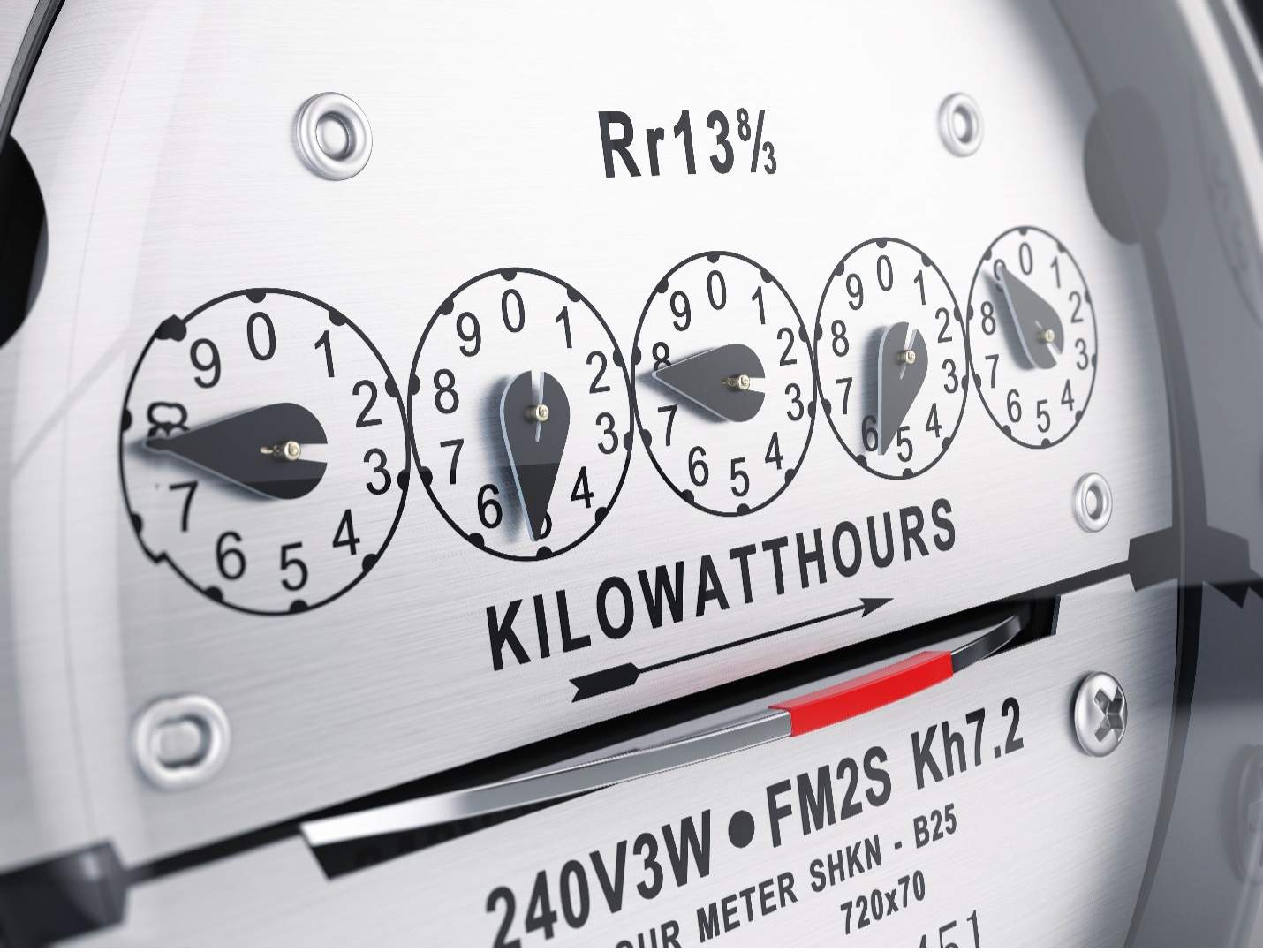Photovoltaic (PV)

What is Solar Photovoltaic Technology?
You may already know that solar panels work to generate electricity through the renewable power of the sun, but what you may not know is the more technical side of how this process, or photovoltaic technology, works.
When sunlight hits the solar panels, they interact with photovoltaic cells, or PV cells for short. These cells are often incredibly thin and usually produce about a watt or two of power each. If you have a solar-powered calculator or watch, you’re already using a PV cell. The cells can vary in size between half an inch to four inches across.
When a large number of these cells are connected together, they form a panel, or photovoltaic module, which is protected by a layer of glass or silicon. It’s these cells made of semiconductors that convert the direct sunlight into electrons that create an electrical current, specifically a direct-current, or DC current, which will need to be converted into an alternating-current, or AC current, in order to power your typical household items.
When the modules are connected together, they form a photovoltaic array which is the finished solar array you see on your rooftop. You’ll notice as you look at different homes that these arrays can vary in size and how many modules are included. This is because each solar installation is custom-designed to offset that home’s energy use. By looking at how many watts of energy are used on an average basis, we can then determine how many PV cells will be needed to offset as much of that energy as possible.
Where Do Photovoltaic Cells Work Best?
Photovoltaic cells work best when they are directly facing the sun which is why you’ll often see PV modules installed at an angle when on flat roofs or as a ground mounted array. Due to where we are located in New York, a 30 degree tilt facing South is optimal for the best conversion of sunlight to energy, though East and West facing solar arrays can also work well.
This differs from another process called a solar thermal system which uses sunlight to heat the air or water. Often the two terms are interchanged, but their functions are not the same. PV cells only work to generate electricity, not heat.
Over the years, the efficiency of PV modules has improved as materials and the technology used to create the cell’s semiconductors has advanced. Modules today are now sleeker, thinner, and most cost-effective than ever.

